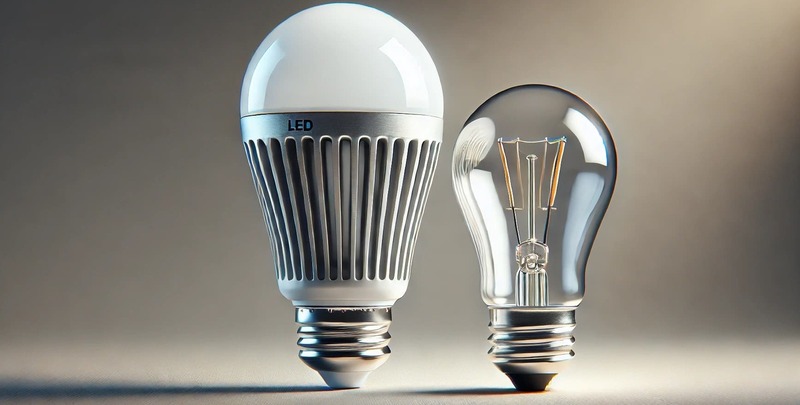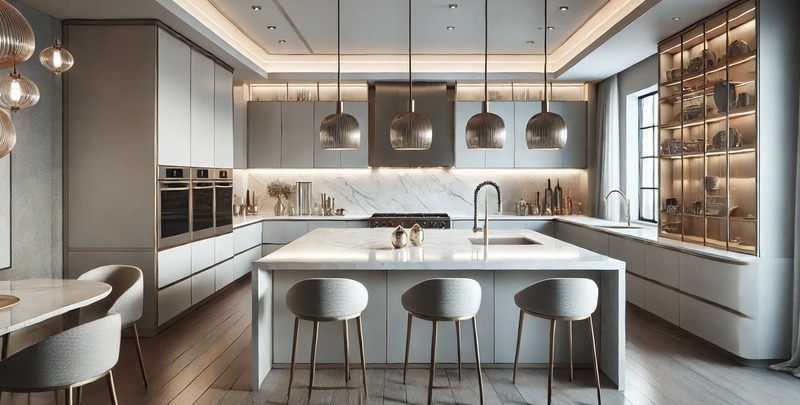LED lights, or light-emitting diodes, have quickly become a popular choice for modern home lighting due to their energy efficiency, long lifespan, and environmental benefits. As more people look for smart, sustainable solutions, LEDs are leading the way in transforming how we light our homes. This article will explain how LED lights work, why they're so effective, and what makes them a better option than traditional bulbs. Whether you're looking to save money on your electricity bill or reduce your carbon footprint, understanding the science behind LED technology can help you make smarter choices for your home. An LED is a type of semiconductor that emits light when an electric current passes through it. Unlike old-style incandescent bulbs, which produce light by heating a filament, LEDs use a process called electroluminescence. This makes them much more efficient and longer-lasting. The first practical visible-light LED was created in the 1960s by Nick Holonyak Jr., and since then, the technology has evolved dramatically. Today, LEDs come in a wide range of colors and are used in everything from small electronic devices to large-scale lighting systems. Inside an LED bulb is a small chip made of semiconductor material. This chip has a special structure known as a p-n junction. When electricity flows through this junction, it causes electrons to move and release energy in the form of photons — the tiny particles of light we see. Here’s a simple explanation of how LED lights function: Thanks to these features, LEDs are not only more energy-efficient but also more durable and versatile. They’re now used in everything from household lighting and downlights to streetlights and digital displays. LEDs offer many advantages over traditional lighting options. Here are some of the key benefits: With all these advantages, it's no surprise that LEDs are becoming the go-to lighting solution for homes, businesses, and public spaces around the world. LED lights are a game-changer in residential lighting, offering superior energy efficiency, durability, and environmental benefits. From indoor lighting to security lights, LEDs provide a smart and sustainable way to illuminate your home. Switching to LED lighting not only helps you save money on energy and maintenance costs but also supports a greener future. If you're looking to upgrade your home lighting system, LEDs are a smart, long-term investment. Please note: This information is for general guidance only. Regulations may vary depending on your location, so always consult local authorities or a professional before making any changes. For more details, please review our Terms & Conditions. Plastic Film,Bopp Film Thermal,Biaxially Oriented Film,Glossy Matte Bopp Film HUARUIDA PACKING MATERIAL CORP., LTD. , https://www.buybopps.comHow Do LED Lights Work?
What Are LED Lights?

How Do LED Lights Work?
The Benefits of Using LED Lights

Light Up Your Life with LEDs